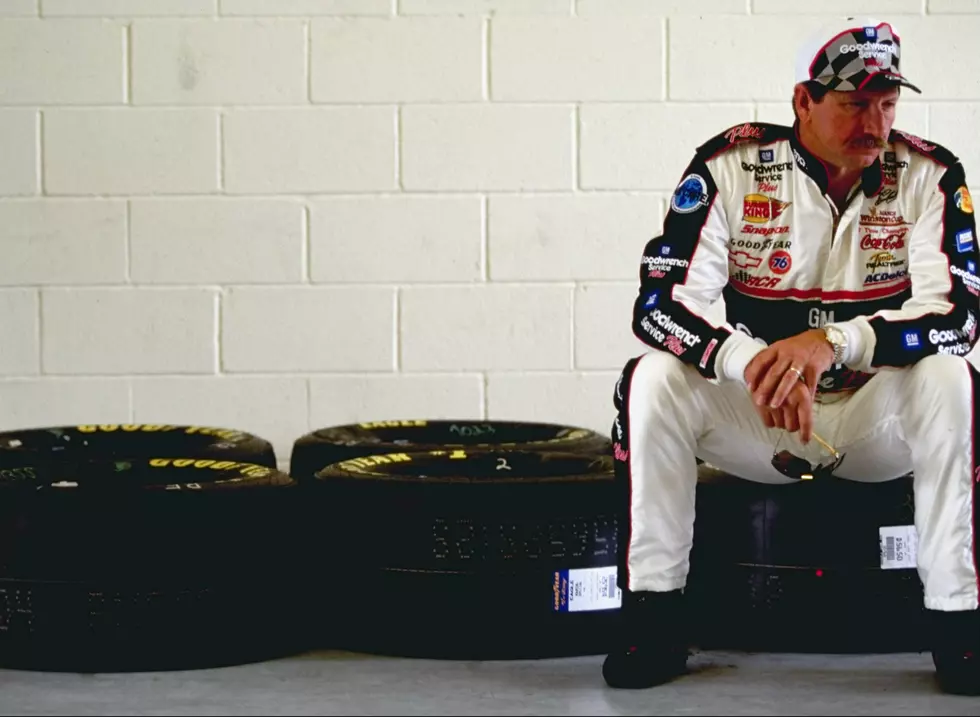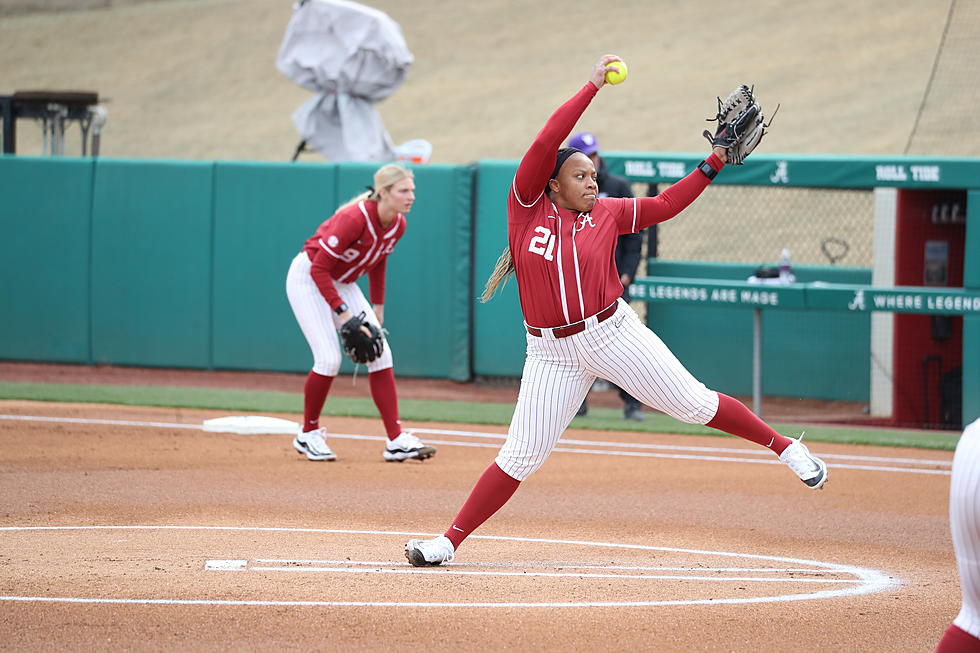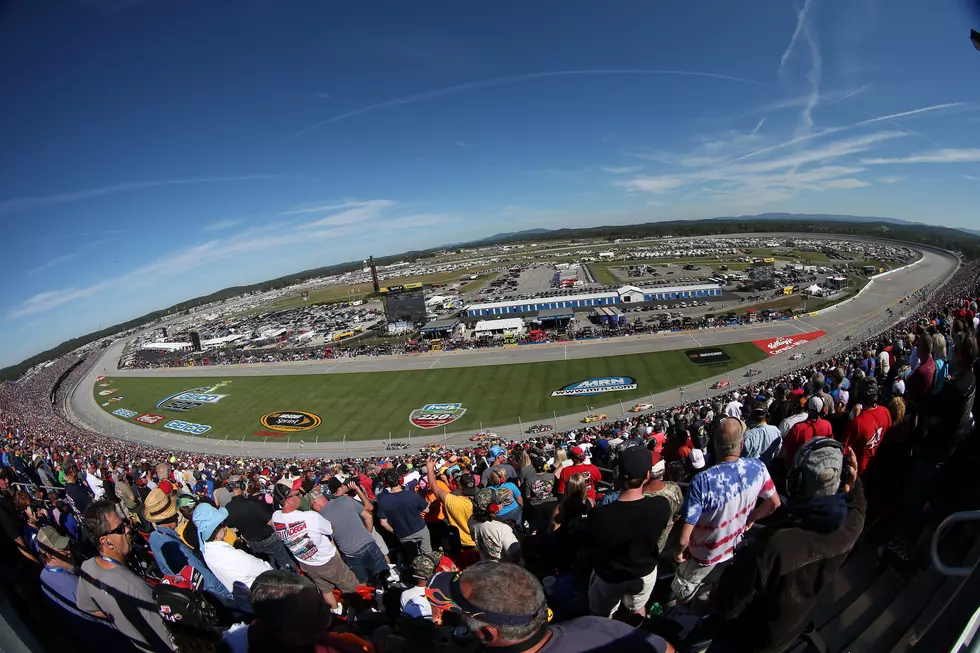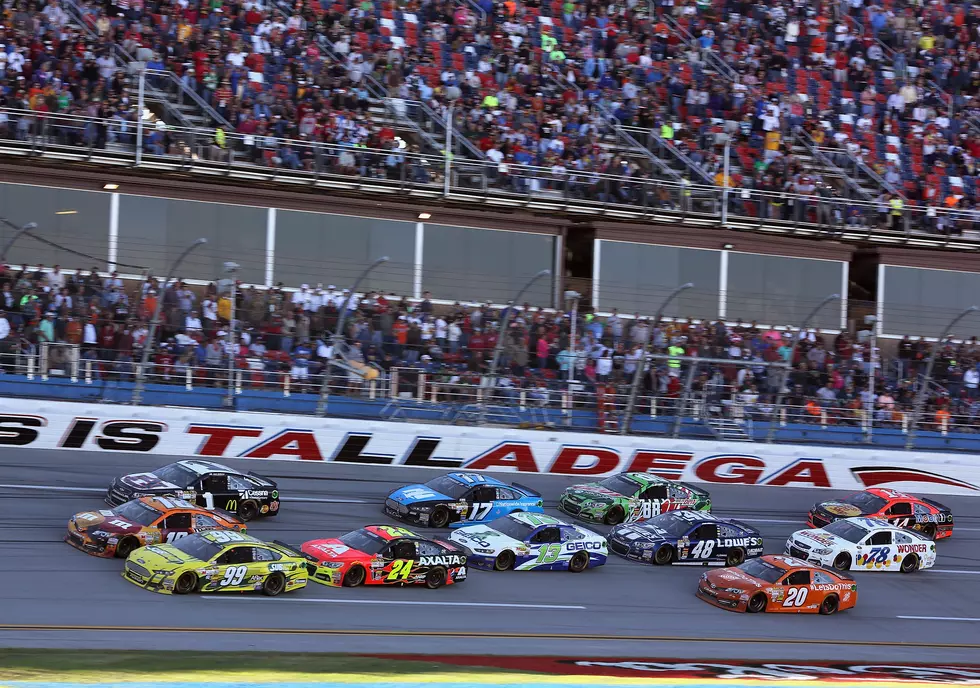
20 Years Without ‘The Intimidator’
During the week of the historic Daytona 500 each year, NASCAR and racing fans around the world remember the exciting life and final race of motorsports legend Dale Earnhardt.
Today, February 18, 2021, marks two decades since the unsettling crash in the final lap of the 2001 Daytona 500 that took the life of an American racing icon affectionately known as 'The Intimidator.'
Born in Kannapolis, North Carolina on April 21, 1951, young Dale Earnhardt would find out early, just as his son would find in turn, that being the son of a motorsports legend doesn't automatically qualify to earn your paycheck at 200 mph. Ralph, the patriarch of the Earnhardt dynasty, raced on local dirt tracks in North Carolina along with working in a textile mill to put food on his family's table.
While Dale would go on to have a career mindset where he'd rather crash than finish in second place, Ralph couldn't actually afford to wreck his only racing car and the source of the majority of their income.
Dale quit high school prior to completing the ninth grade, admittedly one of his biggest regrets in life, and began racing as a teenager - sometimes competing in the same professional races as Ralph.
His father unexpectedly passed away in 1973 at the age of 45, and was found by a then 22-year-old Dale in his kitchen working on a carburetor. However, Dale did eventually get his break in 1975, though a non-intimidating one, in the NASCAR Winston Cup Series (NASCAR Cup Series) at the Charlotte Motor Speedway in his home state of North Carolina.
More work and more waiting finally brought Dale Earnhardt a racing contract with Rod Osterlund Racing in 1979. That same year, in the historic blue and yellow, non-sponsored No. 2 car, Earnhardt would win the Winston Cup Series Rookie of the Year. In his second and final season with ROR, 30-year-old Earnhardt won the first of his eventual seven Winston Cup Championships.
To this day, Dale Earnhardt is the only NASCAR driver in the sport's history to capture its highest award just one season after being named Rookie of the Year.
When Rod Osterlund sold his team mid-season to Kentucky entrepreneur Jim Stacy in 1981, Earnhardt had a falling out with the team and struggled for the next few seasons to find a team that would better suit his abilities and work ethic in the garage.
Following a brief stint with the newly formed Richard Childress Racing team in 1981, Dale Earnhardt ultimately returned to the young and proven RCR in 1984 to remain with the company through the final race of his career.
Shortly after, Earnhardt went on to win his second Winston Cup Championship in 1986, also marking the first owner's championship for Richard Childress Racing.
Defending his title in 1987, No. 3 in the Wrangler blue and yellow car opened the season with five wins out of his first seven races while earning his famous moniker, 'The Intimidator,' in a near-wreck at that year's Winston All-Star Race at Charlotte.
A new main sponsor from GM Goodwrench in 1988 meant a new car for the already three-time champion Earnhardt. A decision which he wouldn't turnback on as he adopted the most iconic car of his illustrious career, No. 3 in a black and red Chevrolet.
Everything was going right for Dale Earnhardt at the turn of the decade.
'The Intimidator' clinched back-to-back Winston Cup Championships in 1990 and 1991 before having one of his worst years in the sport by finishing 12th in points for 1992. However, the man in black is a legend for a reason.
Directly following the down year, Earnhardt won his third set of back-to-back Winston Cup Championships in 1993 and 1994, tying the widely considered 'King' of NASCAR, Richard Petty, with seven titles.
Dale had nothing else to prove by the late 1990s. NASCAR drivers can get into the sport's Hall of Fame without championships and 'The intimidator' had won enough that he could give four away and still be inducted into the Halls in Charlotte, North Carolina.
Yet one race still eluded the aging legend, the first race of every season in the Winston Cup Series - The Daytona 500.
1997 proved itself to be another down year, in Earnhardt's eyes at least, and yet another opportunity to win the Daytona 500, squandered. He went winless on the season marred with accidents and injury, including a blackout mid-race at Darlington.
His son Dale Earnhardt Jr. however, was on a steep ascent to the same tracks his father and his grandfather had mastered since the 1950s. While "Big E" was starting to show signs of wear from one of the toughest sports on the planet, 22-year-old Jr. would make up for the "down years" his father went through by making his way to NASCAR's Busch Series (Now the Xfinity Series) in 1996 and 1997.
But who actually expected 'The Intimidator' to fall off the proverbial cliff? As the saying goes, 20th time's the charm, correct?
In fact it was -- after running in NASCAR's most prestigious race for two consecutive decades, Ralph Dale Earnhardt finally won his first and only season opener at the "Crown Jewel" Daytona 500 in 1998. That same year, while driving for Dale Earnhardt, Inc. (DEI), Dale Jr. would win the first of his back-to-back Busch Series Championships and earn a spot in the Winston Cup Series with his father for the following season.
Possibly the best driver in the 20th century, 'The Intimidatior' finished off the year 2000 with two major wins and 13 top-five finishes. The turn of the century didn't slow down Dale Jr. either as he managed to steal two race wins, and five top-ten finishes as a rookie while nearly winning Rookie of the Year for good measure.
Going into the 2001 season, Dale Sr. was re-ascending to his rightful spot as NASCAR's most prominent and fearsome name and his son looked primed and ready to take it over as soon as Sr. decided to walk away.

That dream of Dale Sr. symbolically passing the torch to Jr. would come to an end on February, 18, 2001 in Daytona Beach, Florida at Halifax Medical Center. In his 23rd consecutive Daytona 500 race, this time racing with his son, Dale Earnhardt Sr. was in a wreck that ultimately took his life in the fourth corner on the last lap of the race. A race in which Dale Jr. still managed to take home second place.
It's a day that will live in sports infamy; and it also provides an exact date for when NASCAR was certainly changed forever.
'The Intimidator' is a seven time Winston Cup Series Champion, he was listed as one of NASCAR's 50 Greatest Drivers in 1998 and was inducted into the NASCAR Hall of Fame in its inaugural year; however, one of the most important impacts from the career of the 'Man in Black' is the safety measures adopted by the sport he loved.
Known as the "Head and Neck Support Device," or "HANS," this piece of equipment is designed to attach the helmet of the driver and keep them from experiencing the fatal whiplash suffered by so many in the sport.
Less than 10 months after the tragedy at the 2001 Daytona 500, NASCAR officially mandated that each driver, in all three series, wear a HANS device while in competition. Since implementation, there have been no deaths in any of the three major NASCAR divisions for 20 years and counting.
To the legacy and memory of 'The Intimidator,' Ralph Dale Earnhardt Sr. (1951-2001).
Top Recruits in the State of Alabama
More From Tide 100.9









